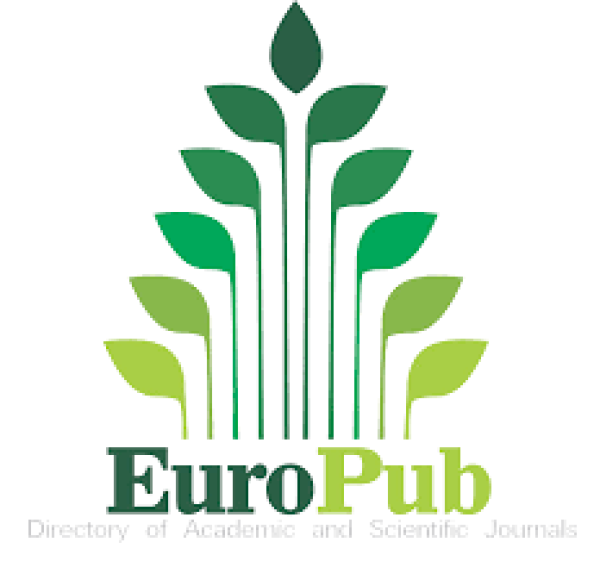Hyping the “Blackgold”: Assessing the Market-Potential of Mungbean-Based Developed Products in Cagayan Valley
DOI:
https://doi.org/10.65141/jeraff.v4i2.n7Keywords:
mungbean-based food products,, market research, market potential, value-addingAbstract
DA-RFO-02-CVRC initiated the development of mungbean-based food products in 2018 as a value-adding intervention to support farmers in Cagayan Valley. The primary aim of this study was to conduct market research that would serve as a foundation for improving the product's processing technology, assessing its financial viability, and transferring the developed Package of Technology (POT). Additionally, the study included capability-building and enterprise development activities for potential technology takers. The products include instant ginisang munggo, instant mungbean noodles, and vacuum-fried sprouts. To assess the market potential of these products, focus group discussions (FGDs) with three age cohorts. Pre-consumption data revealed positive responses, particularly in areas such as packaging. Post-consumption data showed that, across all three developed products, the aroma, texture, and flavor were liked a lot by the respondents. The payback period for the various established enterprises is as follows: (1) Ginisang Munggo + Mungbean Noodles and Vacuum-Fried Sprouts (1.87 years); (2) Ginisang Munggo + Mungbean Noodles (2.05 years); and (3) Vacuum-Fried Sprouts and Fresh Mungbean Sprouts (2.97 years). Currently, the FLOW of Pariir Agriculture Cooperative is the technology taker for these products. The cooperative is now responsible for the commercialization and production of 68,593 pieces of mungbean food products, generating a total gross income of PHP 1,412,496 in just one year of operation.
References
Coville, C. (2023, April 1). Market research for new product development. Drive Research. Retrieved from https://www.driveresearch.com/market-research-company-blog/market-research-for-new-product-development/
Diamante, L. M., Shi, S., Hellmann, A., & Busch, J. (2015). Vacuum frying foods: Products, process, and optimization. International Food Research Journal, 22(1), 15–22. http://www.ifrj.upm.edu.my/22%20(01)%202015/(3).pdf
Farrand, C., Charlton, K., Crino, M., Santos, J., Rodriguez-Fernandez, R., Ni Mhurchu, C., & Webster, J. (2017). Know your noodles! Assessing variations in sodium content of instant noodles across countries. Nutrients, 9(6), 612. https://doi.org/10.3390/nu9060612
Gupta, N., Srivastava, N., & Bhagyawant, S. S. (2018). Vicilin—a major storage protein of mungbean exhibits antioxidative potential, antiproliferative effects and ACE inhibitory activity. PLOS ONE, 13(2), e0191265. https://doi.org/10.1371/journal.pone.0191265
Hou, D., Yousaf, L., Xue, Y., Hu, J., Wu, J., Hu, X., Feng, N., & Shen, Q. (2019). Mung bean (Vigna radiata L.): Bioactive polyphenols, polysaccharides, peptides, and health benefits. Nutrients, 11(6), 1238. https://doi.org/10.3390/nu11061238
Hua, Y. F., Cui, S. W., Wang, Q., Mine, Y., & Poysa, V. (2005). Heat-induced gelling properties of soy protein isolates prepared from different defatted soybean flours. Food Research International, 38(4), 377–383. https://doi.org/10.1016/j.foodres.2004.10.006
Kok, R. A. W., Hillebrand, B., & Biemans, W. G. (2002). Market-oriented product development as an organizational learning capability: Findings from two cases (Research Report No. 02B13). University of Groningen, Research Institute SOM.
Lawal, O. S. (2004). Functionality of African locust bean (Parkia biglobossa) protein isolate: Effects of pH, ionic strength, and various protein concentrations. Food Chemistry, 86(3), 345–355. https://doi.org/10.1016/j.foodchem.2003.09.003
Pataczek, L., Zahir, Z. A., Ahmad, M., Rani, S., Nair, R., Schafleitner, R., Cadisch, G., & Hilger, T. (2018). Beans with benefits—The role of mungbean (Vigna radiata) in a changing environment. American Journal of Plant Sciences, 9(7), 1577–1600. https://doi.org/10.4236/ajps.2018.97115










